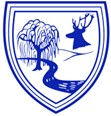Science
Our Intent
At Brookland Junior School, our science learning allows our children to be equipped with the scientific knowledge required to understand the uses and implications of science, today and for the future. The children experience a science curriculum that engages, inspires and challenges all pupils as teaching enables all learners to learn content and procedural knowledge.
They will be encouraged to understand how science can be used to explain what is occurring, predict how things will behave, and analyse causes. Our children talk and act like scientists as they explore different scientific enquiries, fostered through curiosity. Children are taught through different types of science enquiry that help them to answer scientific questions about the world around them.
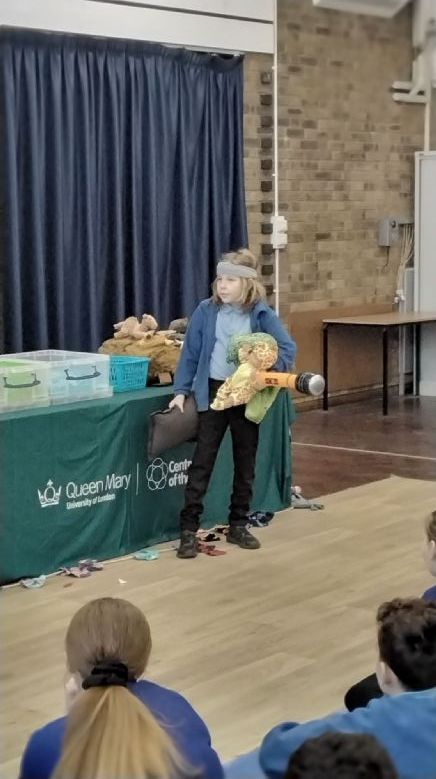
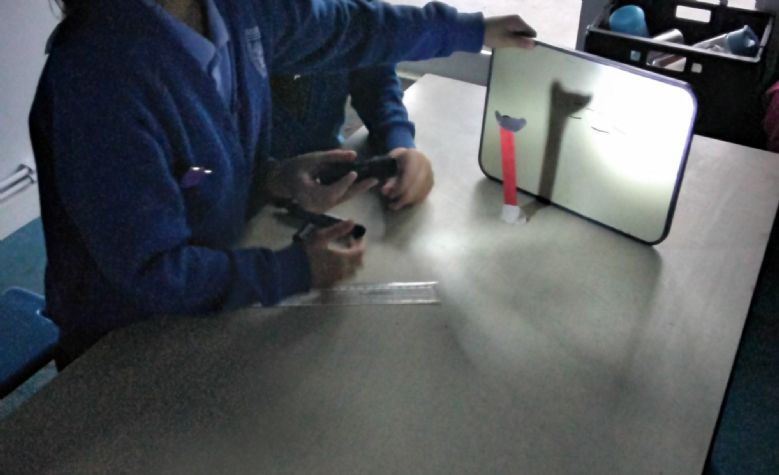
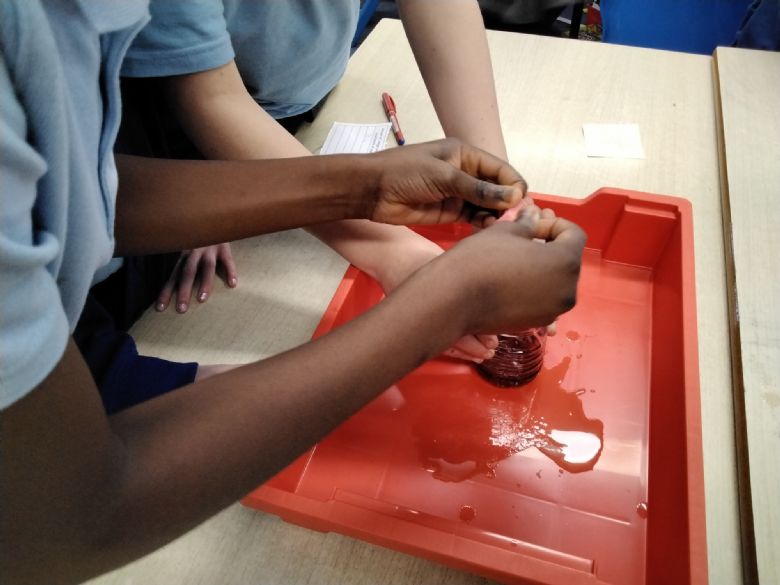
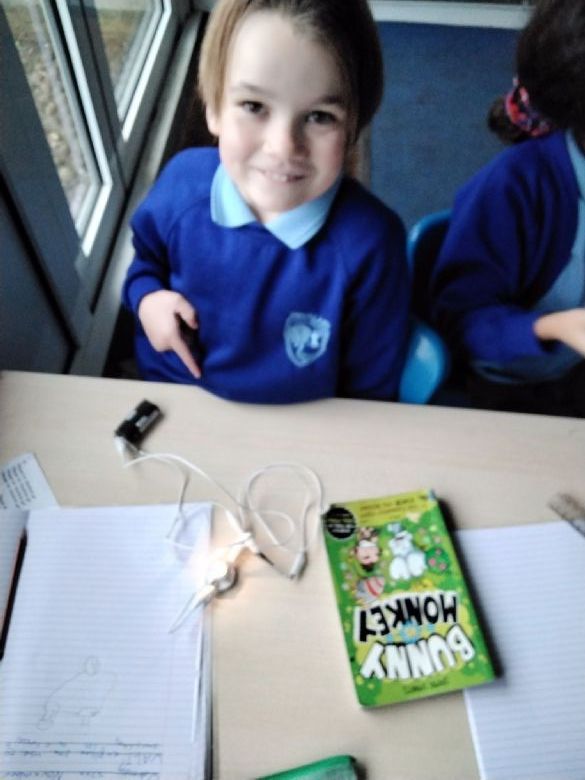
"I really enjoy science as it is fun and we get to do lots of exciting activities. I particularly liked learning about the bones in our body," - Hakan, Year 3.
"I enjoy science as it is fun and we get to find out new things. I enjoy investigating and finding out my own answers," - Ayden, Year 4.
"Science is great as you get to do lots of fun investigations. It is engaging and I have fun when learning like a scientist," - Clara, Year 5.
"Science allows me to learn lots of new things in a fun way. When I hear we have science today, I get excited about the experiments," - Freddie, Year 6.
